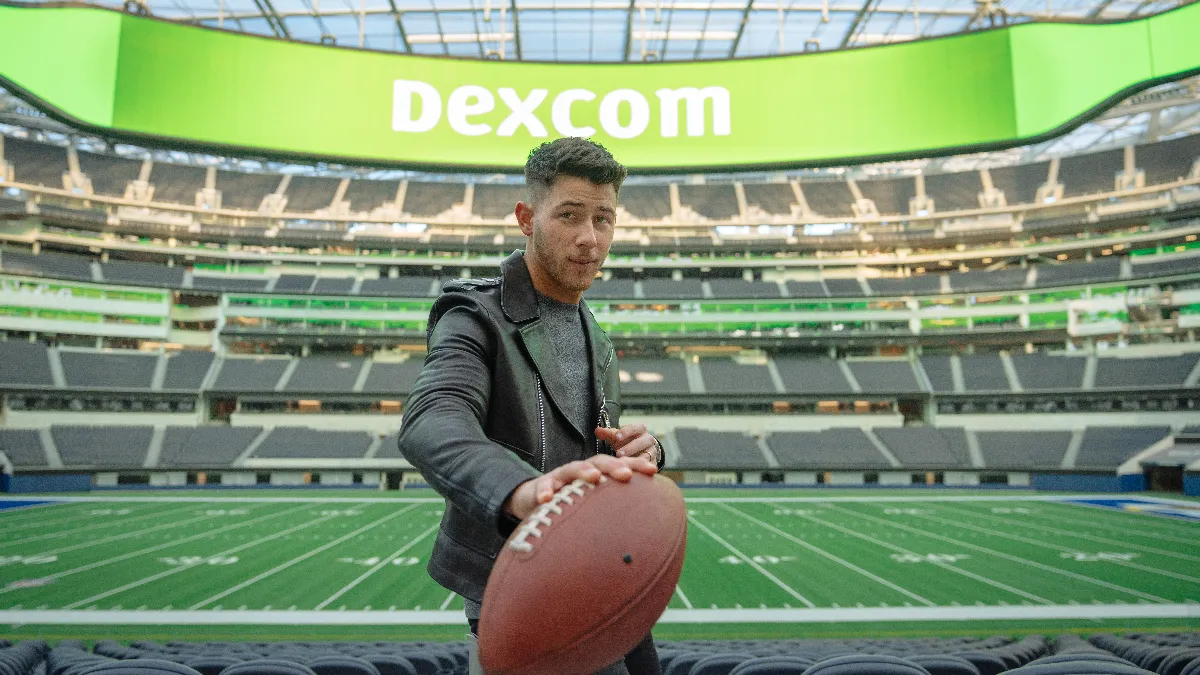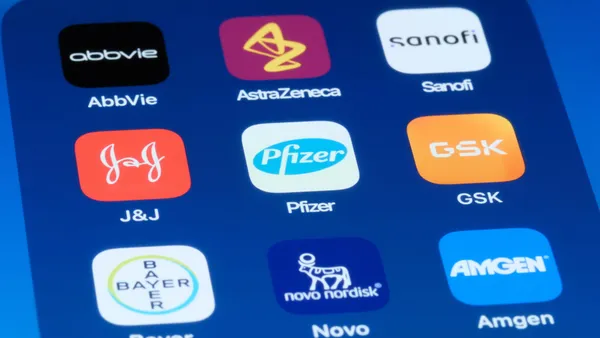Q4 Trends:
Dexcom said it recorded another record year of new customer starts in 2022, bolstered by continued demand for its G6 continuous glucose monitor.
The maker of diabetes devices added about 450,000 new users in 2022 for a total of 1.7 million customers globally, CEO Kevin Sayer said on an earnings call on Thursday. That helped the San Diego-based company return to profit in the fourth quarter and post double-digit growth in its full-year revenue and net income.
Dexcom is keeping its 2023 revenue forecast of $3.35 billion to $3.49 billion, a 15% to 20% increase year-over-year. Still, the company expects a decline in its adjusted gross profit margins to between 62% and 63% because of costs related to launching its newest G7 CGM.
“It will take some time for our new manufacturing lines to scale. Importantly, this is a temporary dynamic,” CFO Jereme Sylvain said on the call. “We still expect G7 product costs to be less than G6 at scale.”
Super Bowl commercial returns
Last year, Dexcom aired a commercial during the Super Bowl featuring its G6 CGM (and musician actor and teen heartthrob Nick Jonas.) and the company is running another add this year. According to Sylvain, Dexcom received hundreds of thousands of inbound leads as a result of last year’s commercial.
“Not all of those obviously translated into patients, but there was a lot of interest,” Sylvain said.
Last year’s commercial also received some pushback as patients raised concerns about the cost of the device.
Europe growth
While the G7 received a CE Mark last year, most of Dexcom’s growth there has been from expanded coverage of its G6 device. In 18 months, the company has added 3.5 million more people whose insurance covers the device, Sayer said.
“That being said, the initial response to G7 has been everything we'd hoped for,” the CEO added.
The company’s Dexcom One device, a simpler, less expensive system that also received European approval last year, is expected to account for about a third of international customer starts in 2023, Sylvain said.
Ramp up of basal insulin users
Last year, the Centers for Medicare and Medicaid Services proposed a local coverage determination that would expand access to CGMs for Medicare patients. It would broaden coverage to include people with Type 2 diabetes, who only take basal or daily insulin, as well as some people who don’t use insulin but experience hypoglycemia.
The company expects CMS reimbursement to be finalized in mid-year and for this group of patients to contribute about 1% of Dexcom’s total revenue in 2023. That estimate is a “relatively conservative target,” since that three-fourths of Dexcom's sales force will be targeting primary care physicians, and competitors are also contributing to rising CGM awareness among doctors and patients, BTIG analyst Marie Thibault wrote in a research note.
At its last investor conference, Dexcom said it expected $700 million in revenue by 2025 from non-insulin intensive users. When asked about this estimate, Sayer said, “As we look out to 2025 that non-intensive insulin space is not just basal [insulin] users. We believe our CGM product will be very valuable amongst a number of markets in the Type 2 space and also in metabolic health.”
“We've got a lot of basal patients to reach first, so let's go after them, and then we'll continue to move to the other areas as well,” he added.











